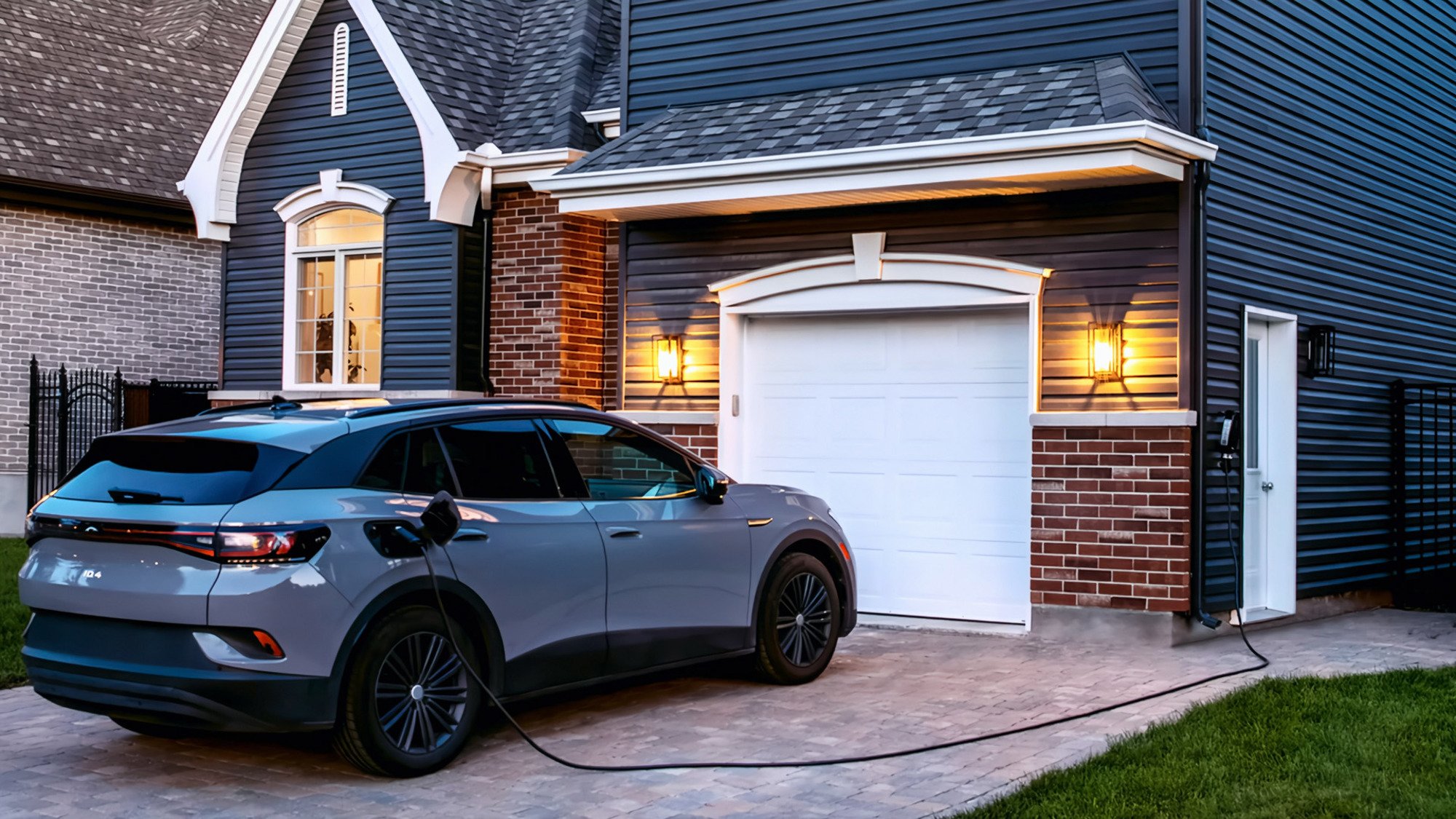Which should you get, a fully electric vehicle or a rechargeable hybrid?
December 5, 2023 4 minutes readingWhen you really need to have a car, which kind should you get? Vehicles that are 100% electric and rechargeable hybrids both promise substantial reductions in our carbon footprint. Here we present the most important elements you should take into consideration.

Fuel consumption
Fully electric vehicles (EVs), sometimes also called battery electric vehicles (BEVs), operate solely with electricity, thereby eliminating dependence on fossil fuels and reducing exhaust emissions to zero. Even if you consider the GHG emissions related to manufacturing the batteries and vehicles, the overall environmental footprint of EVs is clearly smaller than vehicles running on gas or diesel, especially if you use the EV for many years. On the other hand, rechargeable hybrid electric vehicles (HEVs) combine an internal combustion engine with an electric motor, which considerably reduces their gas consumption compared to traditional gas-powered cars. The environmental footprint of HEVs is larger than for EVs, but still smaller than for gas-powered vehicles.
Battery capacity
EVs can be differentiated based on their battery capacity, which varies based on the model. In general, they offer autonomy up to 600 km. HEVs offer battery capacity of between 21 and 85 km depending on the model, but they compensate for this with their combustion engine, which extends their overall range. This can be advantageous when you need to use the vehicle regularly for long trips.
Charger type
There are three types of charger: Level 1, which is a regular (120 V) wall outlet; Level 2 (240 V); and Level 3 or fast-charging (50 kW or more). However, only fully electric vehicles can make use of Level 3 fast-charging.
Depending on the type of charger and the battery capacity, recharge time can vary. For example, with an HEV, recharge time is obviously shorter, given that the battery is a lot smaller. Learn more about the different types of electric chargers available, their efficiency and their cost so you can make an informed decision that best suits your needs. Note: There are also a range of subsidies that will make the purchase and installation of a charger more accessible.
The Hilo solution for electric vehicle charging
Learn more about Hilo’s smart solution for electric vehicle charging, a beneficial tool that lets you automatically shift the charging of your vehicle (whether it’s an EV or HEV) outside of peak demand periods on the power grid, which both saves you energy and earns you cash rewards. It’s a good way to contribute to lightening the load on the power grid so that, in the end, more people will be able to recharge their vehicles!
Electric Circuit
Electric Circuit, a network of smart charging stations, facilitates the recharging process by enabling efficient energy management. It includes over 3,400 chargers, of which 600 are fast chargers, as part of a network serving every region of Quebec, and even eastern Ontario. Thanks to its user-friendly app, drivers can locate available chargers, track the state of their vehicle’s charge level and even schedule their charging sessions during off-peak hours.



